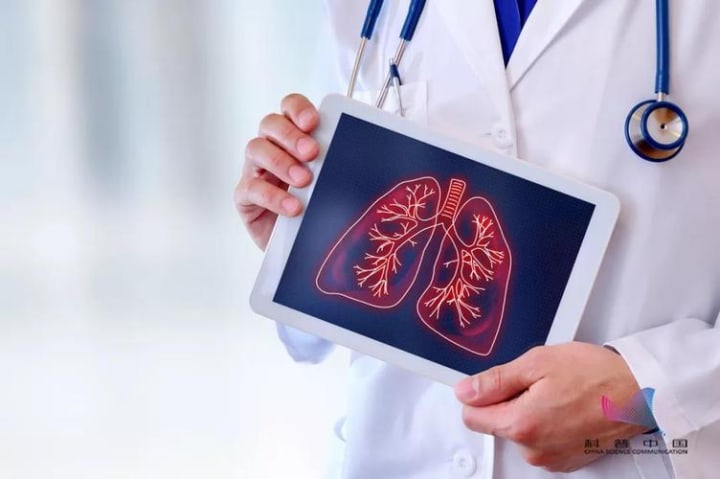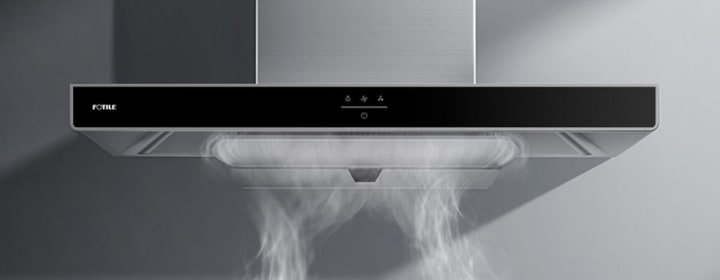Is it true that wearing a mask for a long time can cause lung nodules to enlarge?
What should we do to prevent pulmonary nodules?

Two days ago, a friend of mine read online that some doctors mentioned that wearing a mask for a long period increases the risk of lung nodules. When he saw this, he became more apprehensive, so he consulted privately about this issue.

At first, when I heard this question, I didn't know how to answer it because there is no authoritative study that confirms that long-term mask-wearing increases the risk of lung nodules. Just to be cautious, I went to check some information and didn't find any studies with higher credibility in this area. I then told this friend that there was no scientific basis for the idea that wearing a mask would increase the risk of lung nodules and that there was nothing to worry about.
Perhaps with that said, you feel that everything is fine, but I think that may not be enough. To give you more knowledge and understanding of pulmonary nodules, today's Healer's Word will have a good chat with you about it.
1. Is it true that wearing a mask for a long time can lead to an increase in the size of lung nodules?
Currently, there is a popular view on the internet that there are some microscopic particles in the middle layer of the mask, and wearing a mask for a long time will make these microscopic particles enter the lungs, thus increasing the risk of lung nodules.
This argument sounds reasonable, however, it does not stand up to scrutiny. Common textile materials, such as cotton, wool, silk, regenerated cellulose, and meltblown cloth, are made using petroleum-based materials. Polypropylene, a more widely used petroleum-based material, has a relatively large molecular weight of its own, making it difficult to get into the lungs.
However, it should be noted here that if the mask is used for too long or it has been exposed to the sun, then it may produce microscopic particles. We all know that when we wear a mask for too long, the surface of the mask may become lined and produce microscopic particles. Therefore, when we use the mask, we should try to use it according to the specification and wear it for about 4 hours.
2. What is a lung nodule?
Many people with lung nodules are found during a physical examination. In layman's terms, a lung nodule is a nodular shadow that appears in the lungs and is not part of normal lung tissue. From this description, I think you should be able to see that a pulmonary nodule is an imaging concept.
In clinical practice, there are certain requirements for pulmonary nodules, i.e., small, well-defined lesions surrounded by lung parenchyma, with a diameter of less than 30 mm.
Some of you may say, "Why should the diameter of lung nodules be artificially divided? This is mainly because if the diameter of the lesion exceeds 30 mm, it is not called a nodule, but a mass.
Depending on the nature of the lung nodule, it is further clinically classified as a solid nodule, a ground glass nodule, and a mixed type of ground glass nodule. Solid nodules are nodules with a dense and uniform texture, while ground glass nodules and mixed ground glass nodules are less dense.
The main reason for classifying pulmonary nodules is to determine their benignity and malignancy. From the perspective of cancer risk, mixed glassy nodules have the highest risk of malignancy, followed by ground glass nodules, and solid nodules have the lowest risk of malignancy. If the diameter of a pulmonary nodule is larger, then it has a higher risk of developing cancer. According to authoritative medical journals, about 82% of lung nodules are benign; when the diameter of a lung nodule is <5mm, it has less than a 1% chance of being malignant.
3. What should I do if I am found to have a lung nodule?
Through the above introduction, I think you may feel that lung nodules are a bit scary, and there may even be some friends who think that being detected with lung nodules is not far from lung cancer these worries are not necessary.
Lung nodules indeed have the risk of malignant change, and some of them may even be early-stage lung cancer itself, but this is not enough reason for us to worry. Most lung nodules are benign.

Generally speaking, if a lung nodule is detected during a physical examination, it only needs to be reviewed regularly. The frequency of review needs to be explained by the situation. Pulmonary nodules of unclear nature not more than 20 mm found for the first time can be reviewed once every 3 months; solid pulmonary nodules of about 20 mm can be reviewed once every 2 months; pulmonary nodules less than 5 mm in diameter can be reviewed once every 6 to 12 months.
After the review, if the nodule is found to be larger and has some malignant tendency, such as burr, lobar, or vacuolation, then it needs to be removed surgically. Surgery is also indicated if the nature of the nodule has changed, for example, if the nodule was originally ground glass and then became solid and had a burr.
4. How should we prevent pulmonary nodules in our life?
There are many causes of pulmonary nodules. Almost all lung-related diseases can cause pulmonary nodules, and such common lung diseases mainly include pneumonia, tuberculosis, and lung cancer.
At the same time, there are many factors associated with lung diseases, such as smoking, air pollution, cooking fumes, etc. #True Knowledge New Coordinates
Among the causes of lung diseases, there are some that we can intervene with and some that we cannot. In the case of air pollution, it is difficult for us to control the pollution, so it is also difficult to avoid this factor.
Normally, you should pay attention to not smoking as much as possible. If you usually have the habit of smoking, then you should quit smoking as soon as possible. Some people do not actively smoke, but if they are often in a group with people who smoke, that will have the same effect as smoking.
Although it is difficult to intervene in air pollution, when there is a haze, we should reduce the number of times we go out as soon as possible. If you have to go out, you should take some protective measures, such as wearing a mask. When we are indoors, we can also use some air purifying equipment.

Secondly, when cooking, try to take steam cooking, and avoid deep-frying, frying, and other cooking methods. In the kitchen, you should also install a range hood. Some friends save money, even if the installation of the hood, but also do not want to use it, so this approach is not right.
At the same time, have a medical checkup at least once a year. This is because there are no obvious symptoms in the early stages of pulmonary nodules, and if you don't have a medical checkup during the week, then there is a chance that the condition will be delayed.
About the Creator
Reba Nick
Let everyone know you, but don't let anyone know you
Enjoyed the story? Support the Creator.
Subscribe for free to receive all their stories in your feed. You could also pledge your support or give them a one-off tip, letting them know you appreciate their work.






Comments
There are no comments for this story
Be the first to respond and start the conversation.